Electro-Motive Division’s SD50 diesel locomotive was the successor to its wildly popular SD40-2. Now a model of this big 3,500-hp brute equipped with an optional Electronic Solutions Ulm (ESU) dual-mode decoder is available from Walthers Mainline for your HO scale layout.
The prototype. General Motors sold the first SD50s to Kansas City Southern in 1981. Another early adopter was Seaboard System. While the SD50 was intended to replace the SD40-2, it certainly didn’t replicate its sales. Only 492 SD50s (including 60 SD50s with the unique “Draper Taper” to Canadian National) were sold, compared to 3,982 SD40-2s.
The SD50’s troubles centered around its 16-645 diesel engine. By the time engineers had wrung 3,500hp out of it, the engine was stressed beyond its reliability limits. The SD50 and GP50 would be the last domestic locomotives to use EMD’s 645 engine series.
Other systems were improvements on the Dash-2 electronic upgrades introduced in the 1970s. More noticeable changes include moving the dynamic brakes from above the diesel engine at the center of the locomotive to a cooler position behind the cab. In the engine section, a new exhaust stack was part of a noise reduction system.
While the locomotives weren’t as popular as the SD40-2, some SD50s are still in operation, albeit after being rebuilt, at times with lower power ratings.
The model. Walthers’ model is part of its value-priced Mainline series, so there are no grab irons or m.u. hoses. A separate-sale detail kit is available for $9.98 which includes those details. There are dimples molded into the body shell at the appropriate spots to make it easier to drill the holes for the parts.
The roof-mounted radiator and dynamic brake fans have fan blades visible through their grills. The radiator fans at the rear of the locomotive have separately applied grills and fan blades. The windshield has molded-on wipers, which are painted silver. The walkways have a diamond-tread pattern, and the plastic steps have see-through treads.
There are posts inside the cab that could support engineer and fireman/conductor figures if the modeler wanted to add them. The handrails are molded in orange from slippery engineering plastic.
Our sample is decorated in Chessie System paint with Baltimore & Ohio (B&O) reporting marks. The yellow, orange, and blue paint was smoothly applied, although a little thick. Yellow is a notoriously difficult color to get good coverage with. Color separations were sharp. There were some minor voids in the Chessie System herald and lettering as it went over the long-hood doors and their latches. The exhaust stack is painted silver and the step edges are painted orange.
The major dimensions of the model match drawings printed in the January 1984 issue of Model Railroader. There are some detail differences between the model and published photos of Chessie SD50s. The most obvious, and easiest to change, are the horn and the location of the bell. The horn should be a five-chime Nathan K5. The bell should be mounted on the engineer’s side of the locomotive just ahead of the radiator intake grill near the roof. More involved would be changing the battery box doors to a slot-style instead of the louvers on the model.
Under the hood. I removed the draft-gear boxes, then two screws partially hidden above the front of the rear truck, to lever the body from the frame. It’s a tight fit.
A five-pole, skew-wound can motor equipped with a brass flywheel drives all 12 wheels, which also pick up current. The HTC-2 trucks have separately molded brake cylinders and snubbers.
A die-cast metal weight is screwed to the top of the frame. A motherboard carrying a 21-pin ESU decoder is screwed to the top of the weight. A round speaker is concealed ahead of the motor and behind the cab. Light-emitting diodes are secured in light shields at each end of the locomotive and illuminate the headlights and number boxes.
On the test track. I first tested the locomotive in Digital Command Control mode. The model includes an ESU Sound & DCC decoder. Although not as fully featured as an ESU LokSound decoder, the Sound & DCC decoder includes some of my favorite effects.
The locomotive performed well overall, but out of the box it didn’t start moving until speed step 2. I got the SD50 to move in speed step 1 by resetting configuration variable (CV) 2 to a value of 3. It then started moving at .5 scale mph. In speed step 28 it registered 70 scale mph, correct for the most popular of several gear ratios available from EMD.
The Drive/Hold feature let me manually notch the engine rpm sound without increasing the speed to simulate a locomotive starting a heavy train or pulling hard up a steep grade.
There are five horn sounds available on the decoder. The instruction sheet details the values to enter into CV163 to select which horn you want. There are also two optional bell sounds.
The overall volume level seemed high to me, so I adjusted the value of CV63, master volume, to a value of 75, a little less than half the factory value of 160.
As you can see in the charts above, the model also performed smoothly on our direct-current test track. Under DC, effects are limited to the engine sounds and directional headlights.
The WalthersMainline SD50 is a well-proportioned model of a locomotive that saw service in many parts of the country. With its stout pulling power and smooth mechanism, these SD50s will likely provide much better service on model railroads than they did on the prototype.
Price: 199.98 (DCC and sound), 139.98 (DC, no sound)
Manufacturer
Wm. K. Walthers Inc.
5601 W. Florist Ave.
Milwaukee, WI 53218
walthers.com
Era: 1981 to early 1990s, as decorated
Roadnames: Chessie System/B&O, CSX, Kansas City Southern, Southern Pacific, Union Pacific (Two road numbers each)
Features
• All-wheel drive and electrical pickup
• Blackened metal wheels, in gauge
• Die-cast metal chassis
• Dual-mode ESU decoder works on DC and DCC layouts
• Five-pole skew-wound motor
• Open grating on steps
• Proto-Max metal knuckle couplers, at correct height
• Updated shell with drill starter points for grab irons in EMD SD50-60 Diesel Detail Kit (910-256) sold separately
• Weight: 1 pound, 5.5 ounces





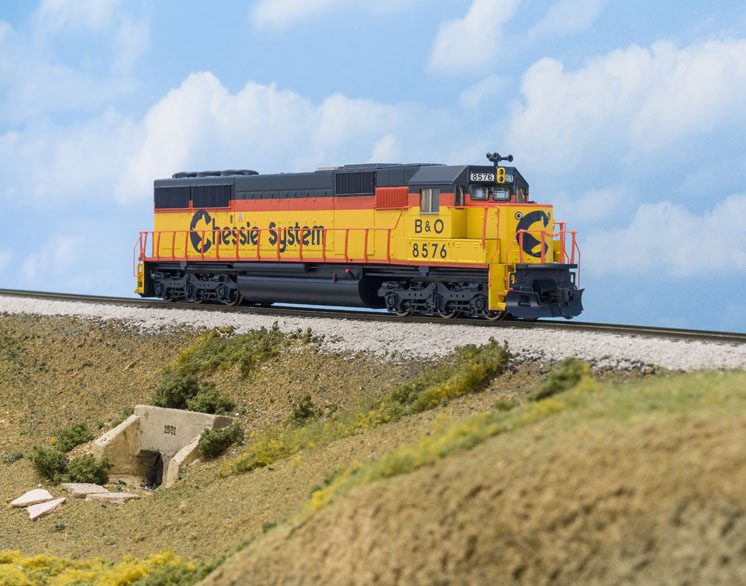
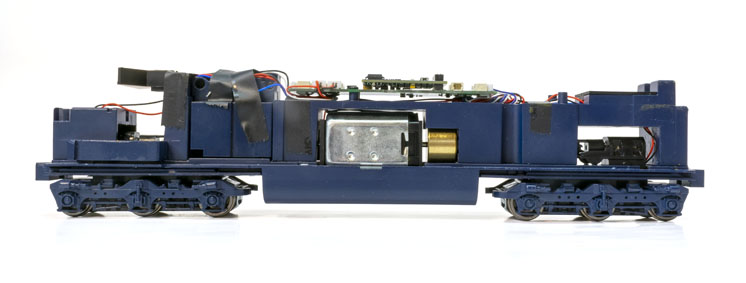
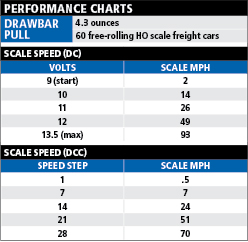


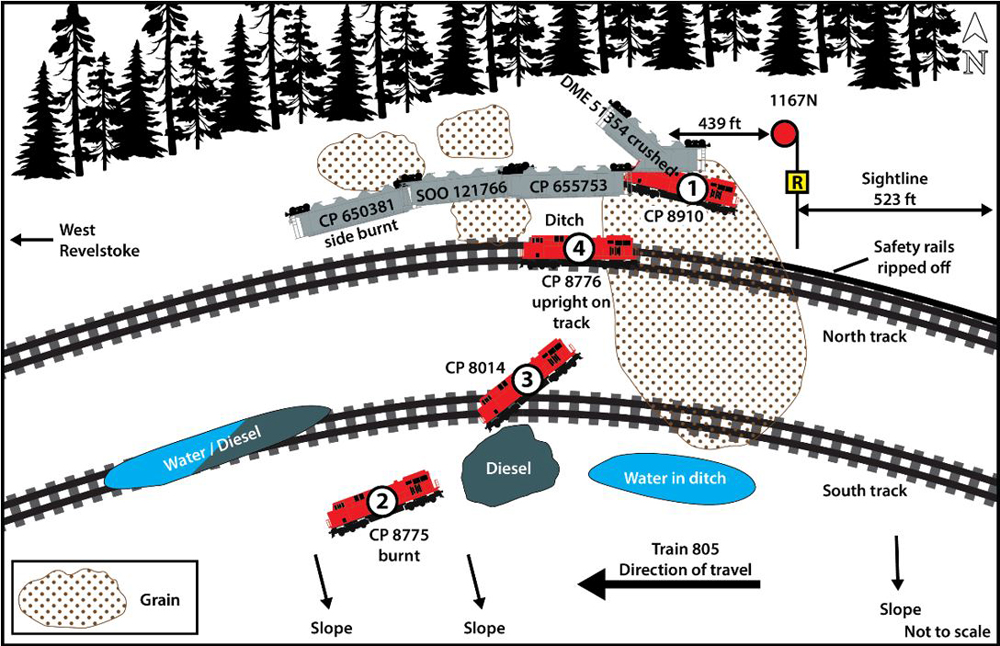
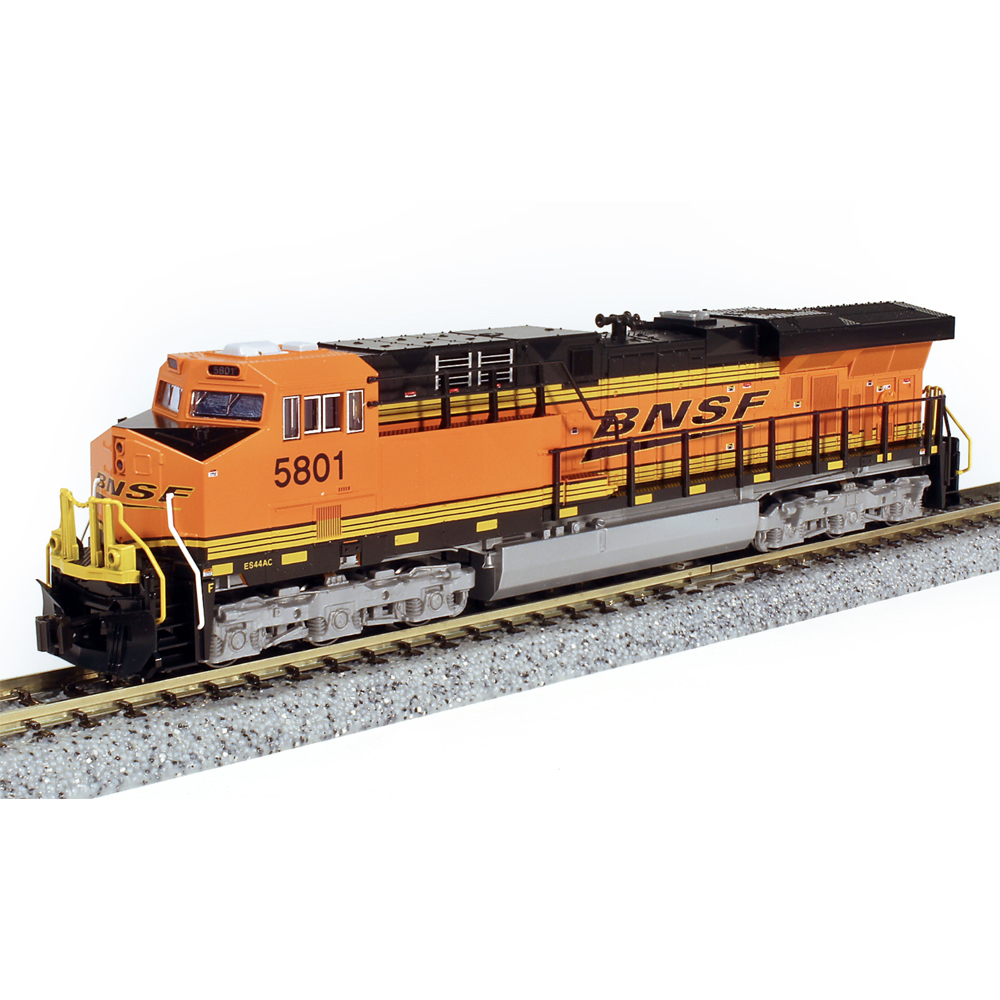
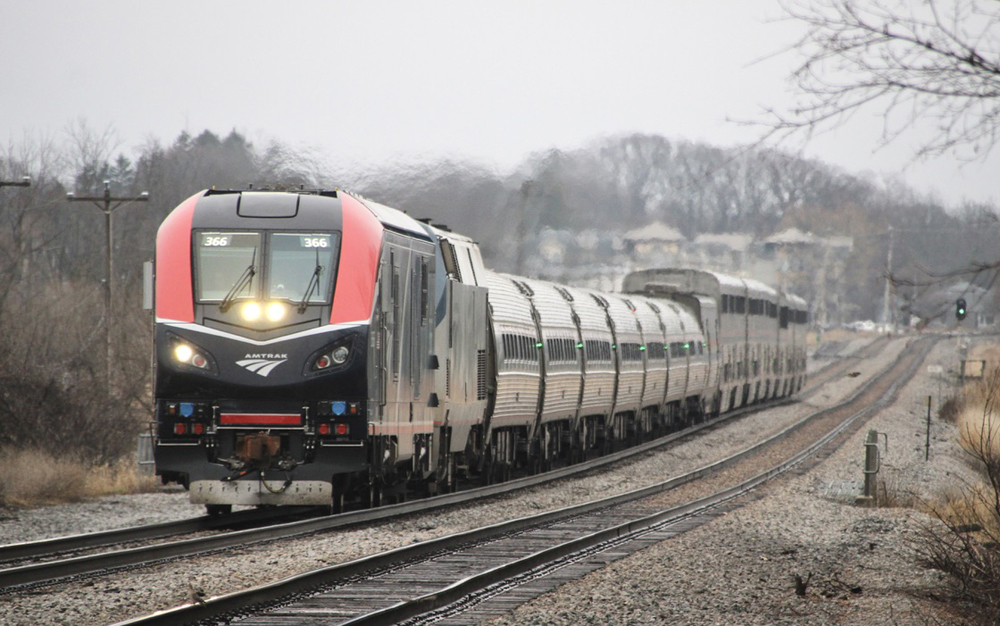




Whats the minimum radius this will operate on?